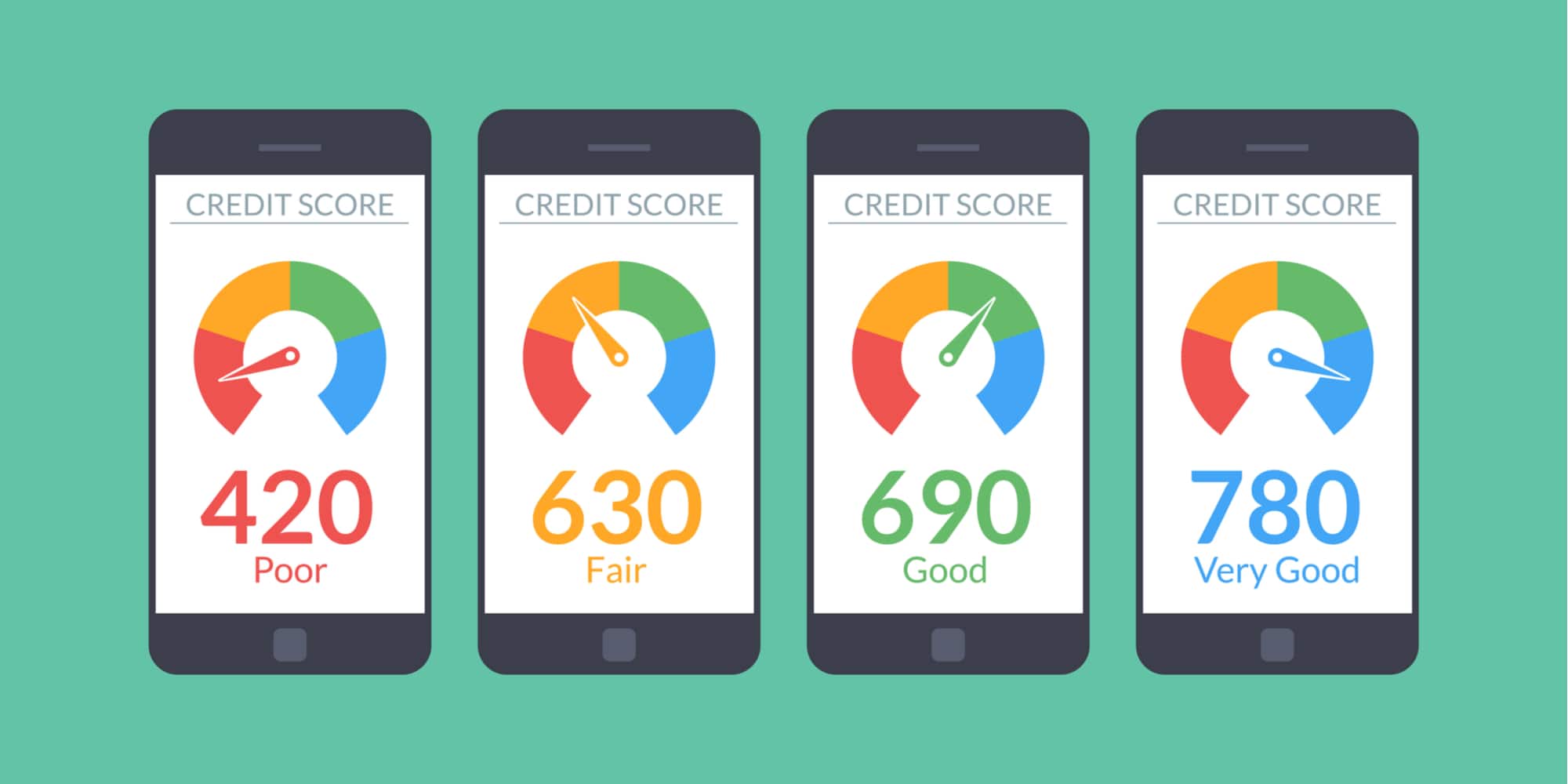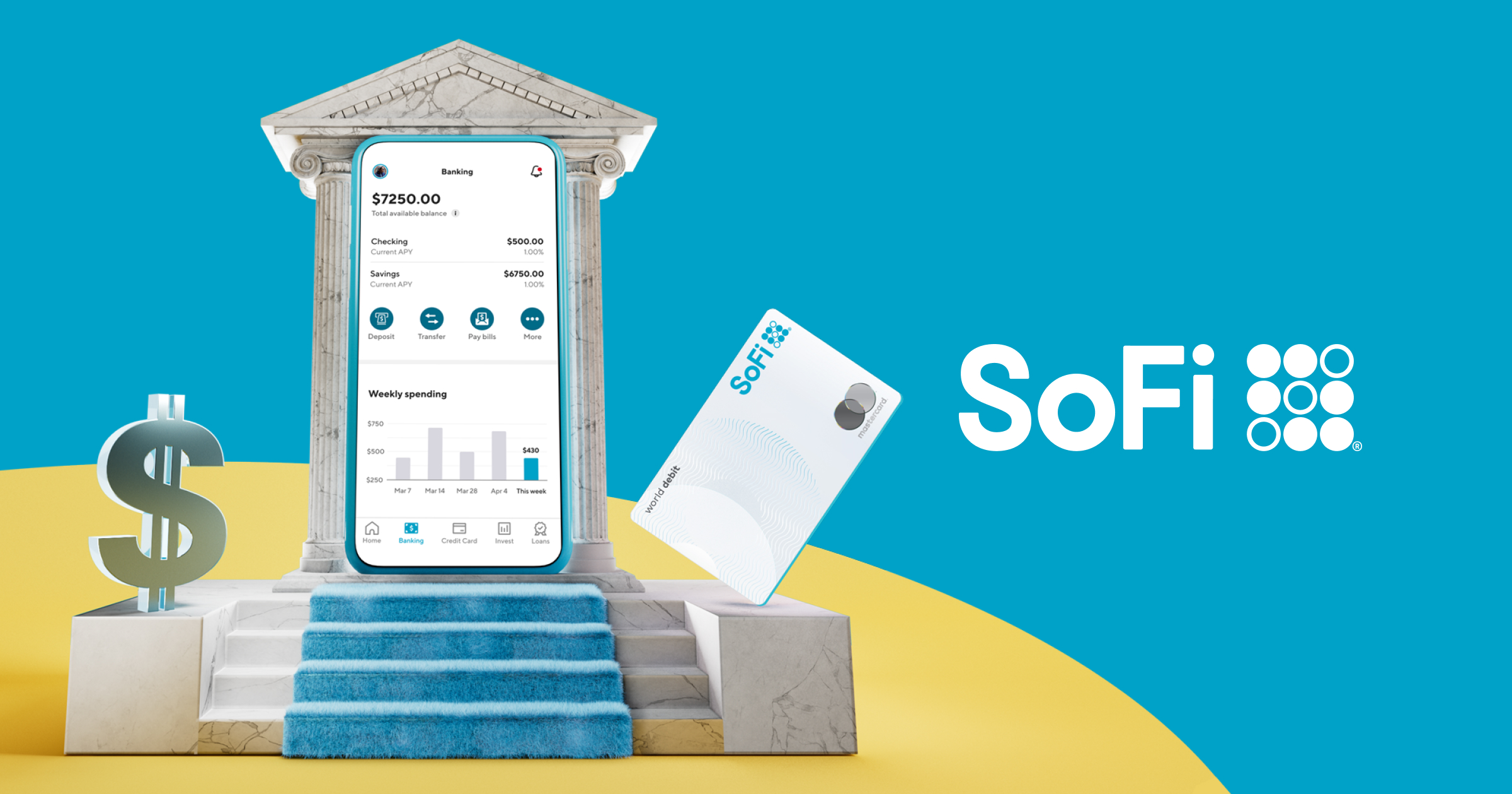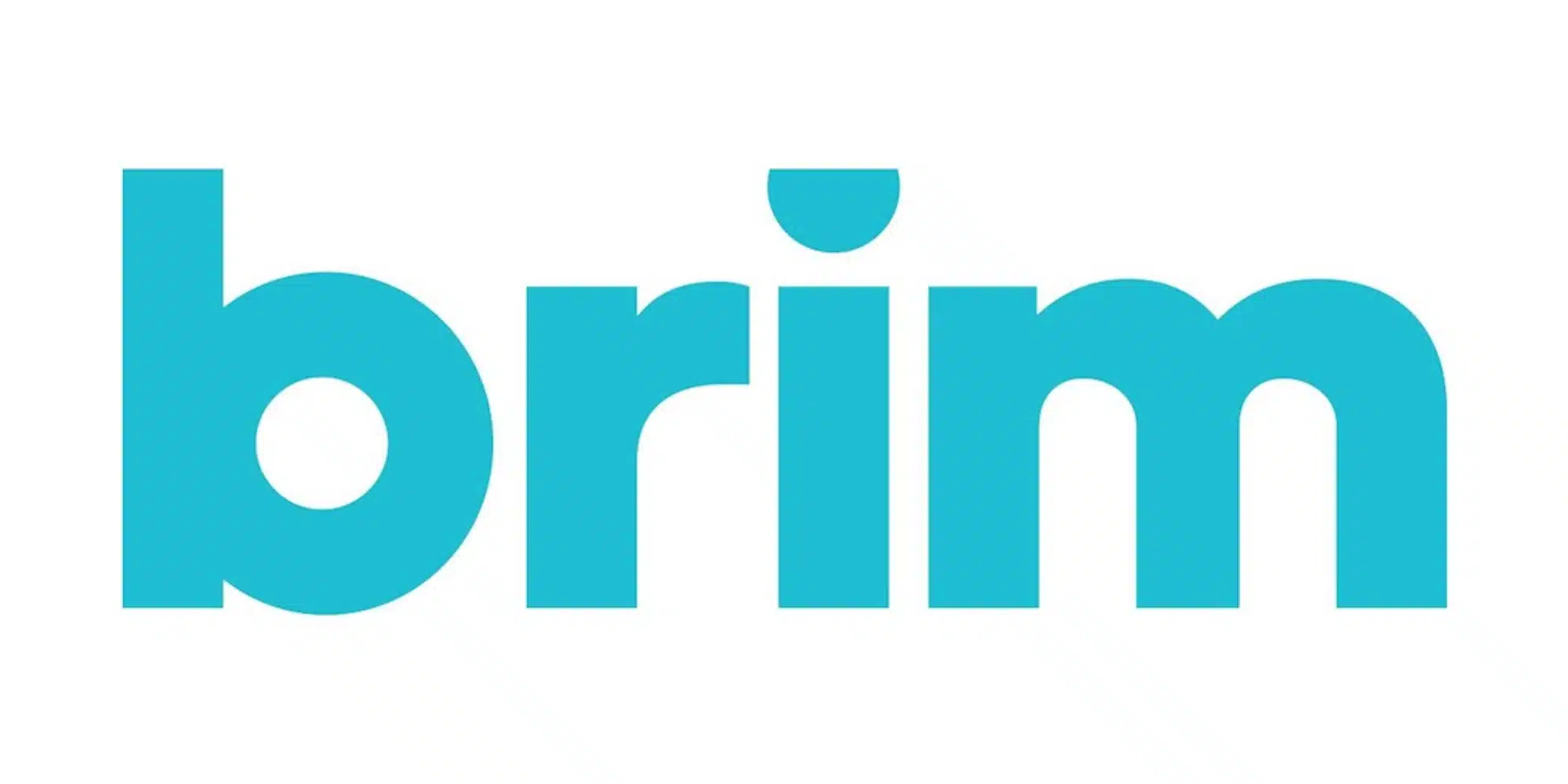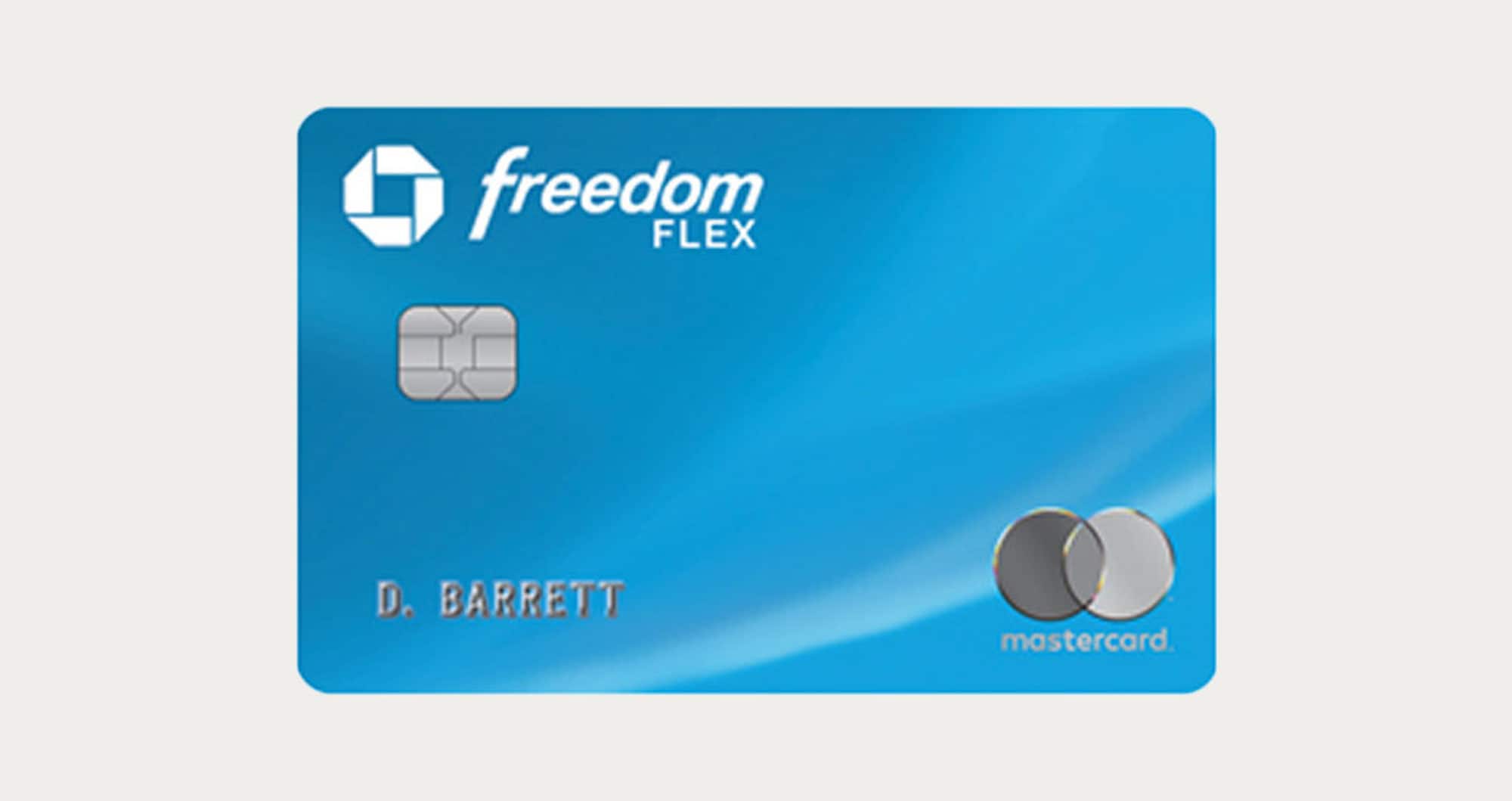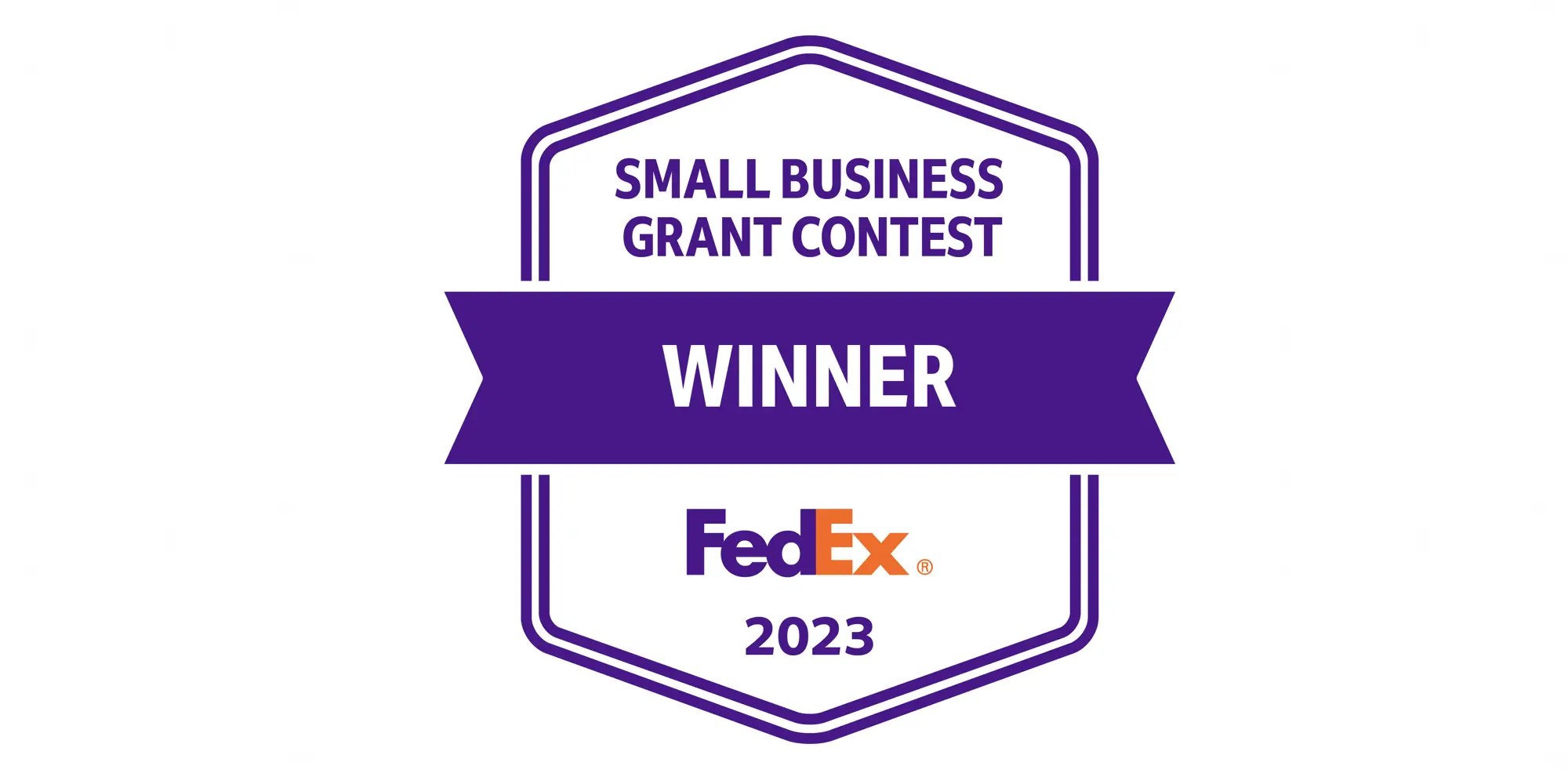
Small Business Tips
How Personal Finance Bloggers Make Money
Have you ever wondered how bloggers make money? After all, if you’ve ever looked at pricing for domains, hosting, and other website essentials, you may be led to believe that blogs cost more than they make (which is unfortunately true for the majority of bloggers). However, for those who want to help offset these costs or even grow their income, there are several ways to monetize your site.
Let’s take a look at some of the main ways personal finance bloggers monetize their sites along with some best practices and tools in each category.
Display Ads

There may be no more obvious blog monetization tool than display ads — “obvious” in that most visitors to your site are sure to notice them. Despite their ubiquity, display ads tend to make up a smaller share of the revenue bloggers make as their blogs grow. Nevertheless there can be effective in offsetting expenses as your site starts to grow. Plus, as you increase your traffic, you may have the opportunity to upgrade to more lucrative ad networks.
Best practices
Anyone who has ever encountered a site overstuffed with ads surely knows how annoying such implementations can be. For that reason, while there may be temptation to increase your ad inventory, this tactic could backfire if it turns readers off. Keep this in mind as you deploy different ad strategies and be sure to keep an eye on reader experience by visiting your own site with some regularity.
Getting Started with Display Ad Networks
Google AdSense
It probably won’t surprise you to learn that one of the most popular display ad networks comes from one of the Internet’s largest presences: Google. Besides Google’s overall dominance, a big reason why AdSense is such a popular option for bloggers is because of the relatively low requirements for joining. Unfortunately, while you may be able to make some money with AdSense, the Adsense network tends to yield lower profits than some other options. Still, if you’re just getting started, AdSense may be your best/only option.
Mediavine
Perhaps the most talked about display ad networks among personal finance bloggers is Mediavine. Anecdotally those who employ the service say they enjoy strong returns and seem to be happy with the service overall. The only problem is that Mediavine has a fairly high page view minimum (currently 25,000 sessions per month) that will put them out of reach for many newbie bloggers. Therefore this may be one to aspire to as you grow your site.
Monumetric
Formerly known as The Blogger Network, Monumetric also seems to have fans in the personal finance blogging community. The company offers four different monetization programs, with the lowest tier (Propel Program) requiring 10,000 page views per month. Given that threshold, Monumetric could fill the void between AdSense and Mediavine for growing blogs.
Affiliate Marketing

Even if site visitors aren’t as familiar with affiliate links as they may be with display ads, they’ve surely encountered them. Simply put, affiliate links allow bloggers to recommend products and services to readers and receive a small commission if those customers make a purchase.
Best practices
As affiliate marketing has grown, its also been the source of some controversy. In response the Federal Trade Commission (FTC) continues to adjust their guidelines, although those rules can still be a bit vague. Regardless, consensus suggests that bloggers clearly disclose affiliate relationships, explaining that they will be compensated when links are used to make purchases. Not only will this practice help keep you on the right side of the FTC but will also help build trust among your readers.
Popular Affiliate Programs and Networks
Amazon
Consider that Amazon is known for stocking just about any product a person could need, it’s no surprise that the megastore’s affiliate program has been a go-to for bloggers. Not only does the site’s wide selection make it easy for bloggers to add logical links to products they recommend but Amazon also gives affiliates credit for anything else customers purchase after clicking your link. Amazon’s commissions can vary based on several different factors and they do have some requirements you’ll want to review before applying. Still, this can be a great option for getting started with affiliate income.
CJ
As I mentioned, there are several affiliate networks out there, with CJ (previously Commission Junction) being one of them. Among the retailers that offer programs through CJ are Barnes and Noble, Samsung, Zappos, Travelocity, and many more. For some of these brands, your acceptance by CJ is enough to get started as an affiliate for them. However, in other cases, you may still need to apply with the brand themselves to gain approval.
Awin
Like CJ, Awin is another affiliate network that connects several brands with bloggers. Some of their advertisers include Clear, Etsy, The Motley Fool, StubHub, and others. It’s worth noting that, in some cases, you may be able to utilize more than one affiliate network or program. That said, you’ll want to review the rules for each program you apply for to ensure they allow for such strategies.
Sponsorships

Affiliate relationships are one thing but some brands may want to take things to the next level. That’s where sponsored content comes in. Sponsored content could mean that a company asks you to craft a blog article that promotes them or they may supply you with an article of their own they’d like you to post. Similarly brands might request that you promote them on social media or in a YouTube video in exchange for some compensation. Of course this level of compensation can vary, although some bloggers have made such content into a core part of their monetization strategy.
For more on sponsored content, I definitely recommend this article Kelan Kline of The Savvy Couple penned for the FinCon blog.
Best practices
As you can see, sponsorship and brand deals can take many different forms. Furthermore the extent of your sponsored content could very well be informed by what you’re comfortable with. Once again, it will be up to you to weight the monetary benefits of a brand deal against any potential push back from readers. Ultimately the most important aspect of pursuing sponsored content is assessing whether the brands you intend to work with are really a good fit for your site. Remember: their brand will directly influence yours, so make sure that your ethics and goals are in sync.
Tools for Finding Sponsorships and Brand Deals
In most cases, sponsorships are arranged either by you reaching out to brand you’d like to work with or vice versa. However there are also an increasing number of “influencer sites” that aim to connect bloggers and social media power users with various companies. Some of these influencer sites may also help you calculate how much you should be requesting from brands when creating sponsored content — although you shouldn’t be afraid to set your own price and stick to it.
Some of these influencer sites where you can create a profile and potentially pursue sponsorships are:
Courses, Videos, and More
Believe it or not, in many cases, the bulk of the money personal finance bloggers make doesn’t come directly from their sites but from auxiliary products that expand their brand. For example several bloggers offer paid courses where they build upon their content by offering their expertise to students. Similarly there are also those who have found success on YouTube and have been able to monetize their content thanks to YouTube’s Partner Program (in addition to affiliate marketing, sponsorships, and more).
Best practices
The key to finding customers and selling your course is to offer value. That’s actually why bloggers have found success in the medium as they routinely offer readers value by offering them free content. Thus, when they are ready to produce a product, they already have an audience ready to support them. Bloggers should take this dynamic very seriously and strive to retain a balance between providing free content and selling.
Online Course Platforms and More
Teachable
One of the most popular platforms for hosting your own online school is Teachable. Here creators can host their course, accept payments, and follow up with their students. Incidentally Teachable is also about to launch their Creator Challenge, which will not only provide users with additional education and insight for building their courses but will also reward them for reaching various milestones. This Creator Challenge kicks off on June 1st and is open to anyone who signs up for a paid Teachable plan.
Udemy
Another popular course hosting platform is Udemy. There are a couple of ways in which this platform differs from Teachable. For one, while Teachable emphasizes that you’ll have access to your students’ data, Udemy does not supply this. However Udemy does serve as more of a marketplace where potential students might stumble upon your course while Teachable is more for business owners who want to host their own sales site. For that reason, it’s worth taking a closer look at each to determine which makes the most sense for you.
Skillshare
If neither Teachable nor Udemy quite meet your needs, there’s also Skillshare. The big difference with this one is that Skillshare runs on a subscription model that gives customers unlimited monthly access to courses in the library. This means you won’t have control over pricing but, again, could bring in new students and readers.
YouTube
Last but not least, as I mentioned, there have been several personal finance bloggers who have found success by translating their content into videos on YouTube. As it turns out, this can also be a great way to monetize as the platform allows creators with a certain number of subscribers to insert ads into their videos and earn a cut of the profits. Currently joining the YouTube partner program requires channels to have over 1,000 subscribers and more than 4,000 hours of watch time in the past 12 months.
One of the personal finance bloggers making money on YouTube just so happens to be Dyer News contributor Kyle Burbank. In his most recent report, he noted that his channel generated $472.67 in revenue during its third month of monetization. Granted he mentions that it took him nearly a year to reach the level where he was able to join the Partner Program, but it now seems that time and effort is paying off.
While blogs aren’t inherently money-making machines, there are a number of ways to monetize your content via a variety of mediums. From display ads and affiliate marketing to brand deals and products, the most successful blogs actually utilize multiple mediums to diversify their revenue. Although it will certainly take time, effort, and careful consideration on your part, using these monetization methods will make blogging not only personally but also financially rewarding.
Per FTC guidelines, this website may be compensated by companies mentioned through advertising, affiliate programs or otherwise. (Note: advertising relationships do not have any influence on editorial content. Advertising compensation allows DyerNews to provide quality content for free. All editorial opinions are those of the individual author and/or Dyer News.)

